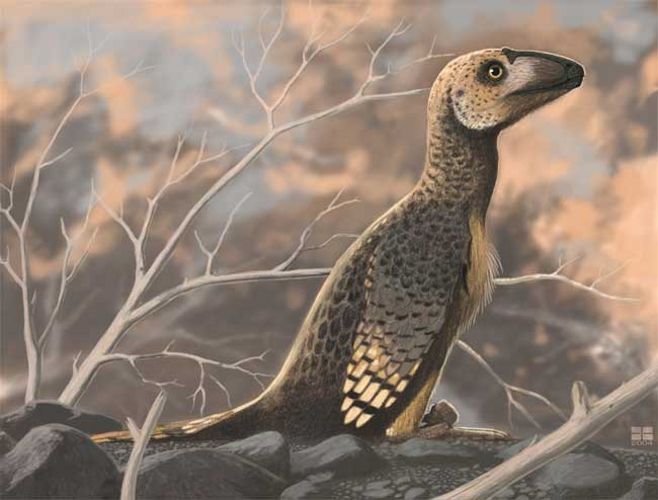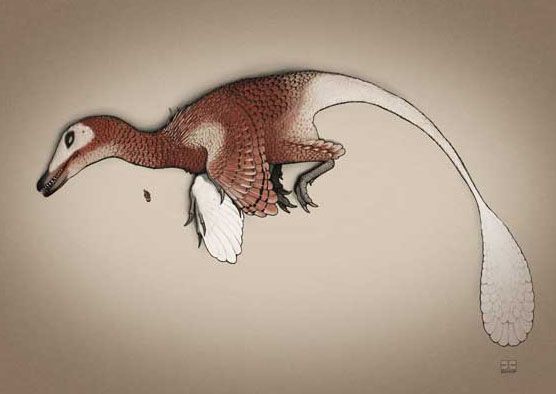| Location: Home > News > Events |
| Softpedia:Bird-Like Wrists Found in Dinosaurs |
|
They appeared long before the creatures took to the skies
In a groundbreaking new finding, researchers have determined that dinosaur exhibited the same type of wrists that birds would later employ long before animal flight developed. According to the experts, the flexible type of joint that allowed birds then to fold their wings were a common presence in fully-terrestrial animals, including the famed Velociraptor. This particular creature had a fairly decent plumage, and researchers believed it may have used its wrists to protect the feathers from harm's way.
In other words, this may have been one of the most important things that led to the development of natural flight. As the dinosaurs protected their plumages, the amount of feather became larger and larger, until finally the necessary conditions for taking to the air were met. The animals on which the new study focused are from the particular lineage of dinosaurs that led directly to the development of the earliest birds. Flying creatures get an enormous boost from the fact that they can fold their wings. They can perform upstrokes, and also fold their wings while on the ground, which allows for various species to develop rather different lifestyles.
 The predatory dinosaur Deinonychus, a close relative of birds, had feathered arms folded back in a wing-like manner(by John Conway)
The wrist is extremely mobile, but only in a single direction. Some species cannot even fully straighten their wing joints, let alone move it in the opposite direction. But they don't really need to be able to do that, and so, evolutionarily speaking, it stands to reason that the adaptation was not necessary. But the fact that folding occurs very well in a single direction has had a major impact on flying. Because birds are able to do that, they recover a lot of the energy they place into keeping aloft, during the upstroke phase of their wing flapping. This allowed for a vastly increased flight efficiency, and led to the development of creatures such as the Arctic fern, which can migrate from pole to pole.  This artist's rendition of the small predatory dinosaur Velociraptor, a close relative of birds, shows the feathered arm partly folded at the wrist. Credit:John Conway
“If the wrist could not fold like this, the long feathers on the hand would drag on the ground, getting dirty or snagging on vegetation. Protecting them would have been important for feathered dinosaurs in the past, as it is for birds today,” says paleontologist and researcher David Hone, who is based at the Institute of Vertebrate Paleontology and Paleoanthropology of China, in Beijing. “[...] some characteristics that biologists used to think of as distinctively avian – feathers and air sacs are other good examples – are actually quite deeply rooted in theropod evolution,” adds Corwin Sullivan, the lead researcher on the new study, who is also based at the Institute. “Wing-folding, or at least feathered arm folding, significantly preceded flight. This pattern of flexibility originally evolved in a terrestrial context and just happened to be present and available for use when birds took to the air,” Sullivan adds. Further details of the new work appear in the March 3 issue of the esteemed publication Proceedings of the Royal Society B,LiveSciencereports. |